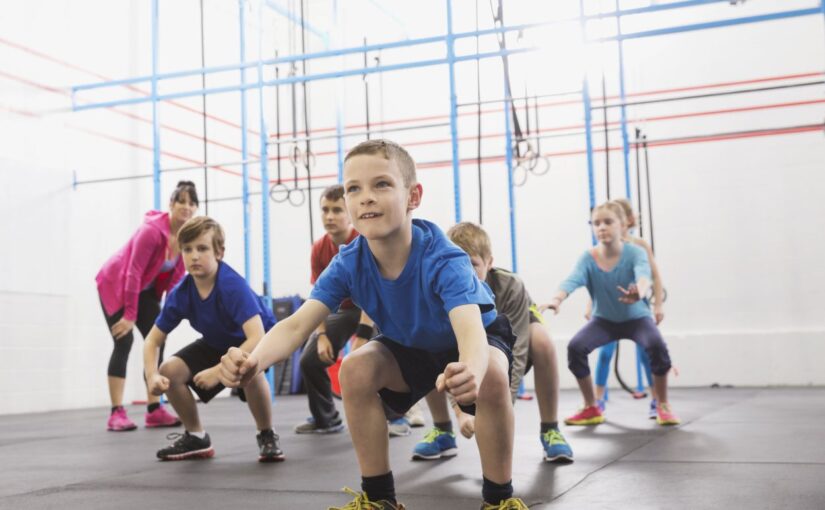Helmetless tackling, blocking drills lead to decrease in head impacts
Head impacts in football players are directly associated with brain and spine injury and have been suggested to be associated with chronic injuries, making this a topic of continued national concern.

To reduce the risk of head-impact injury, researchers and others have sought ways to improve helmet technology, reduce contact during practices and alter game rules. A new study in the Journal of Athletic Training, the National Athletic Trainers’ Association’s scientific publication, investigated the effectiveness of helmetless tackling to reduce head-impact exposure in an NCAA Division I football program.
The study, partially funded by the NATA Research & Education Foundation, showed a 28 percent reduction in head impacts during practices and games. To review “Early Results of a Helmetless-Tackling Intervention to Decrease Head Impacts in Football Players,” click here.
“Given proper training, education and instruction, college football players can safely perform supervised tackling and blocking drills in practice without helmets,” said Erik E. Swartz, PhD, ATC, FNATA, lead author of the study and professor and chair, Department of Kinesiology, University of New Hampshire. “This intervention also eliminates a false sense of security a player may feel when wearing a helmet. Younger players with less experience may require modifications to this intervention to realize a positive effect. While more research is needed, our results do show a reduction in head impacts during our one season of testing.”
The findings are from the first year of a two-year study in which 50 NCAA Division 1 football players at the University of New Hampshire were assigned to an intervention (25 athletes) or control (25 athletes) group. The intervention group participated in five-minute tackling drills without their helmets and shoulder pads as part of the Helmetless Tackling Training (HuTT) program. Drills occurred twice per week during preseason practices and once per week throughout the competitive season (16 weeks). The control group performed noncontact football skills with no change to their routine. All athletes were provided head-impact patch sensors worn on the skin and new helmets. Both groups were supervised by members of the football coaching staff. At the end of the season, the intervention group experienced an average 30 percent fewer impacts per exposure than the control group.
The notion of removing the football helmet for discrete and regular periods during practice to reduce head impact is counterintuitive to the sport, wrote the authors. “These findings elucidate the risk-compensation phenomenon and may help explain the behavior of spearing and the rise in catastrophic neck and head injuries that followed,” they added. “A football helmet is designed to protect players from traumatic head injury, but it also enables them to initiate and sustain impacts because of the protection it affords. While improving protective equipment in and of itself will not resolve the risk of concussion and spine injury in football, the solution may be found in behavior modification.”
High school and college football players can each sustain more than 1,000 impacts in a season, while individual youth players may sustain 100 during that same timeframe according to the study. “The extent to which this intervention may yield similar outcomes in younger players with less experience is still unknown. We are currently in the first year of a high school study focused on four high schools in New Hampshire,” adds Swartz.
“Should future research replicate our findings, the eventual adoption of helmetless-tackling training may improve public health and decrease the associated economic burden by reducing football-related head and neck injuries and the risk of long-term complications.”







